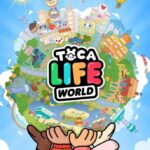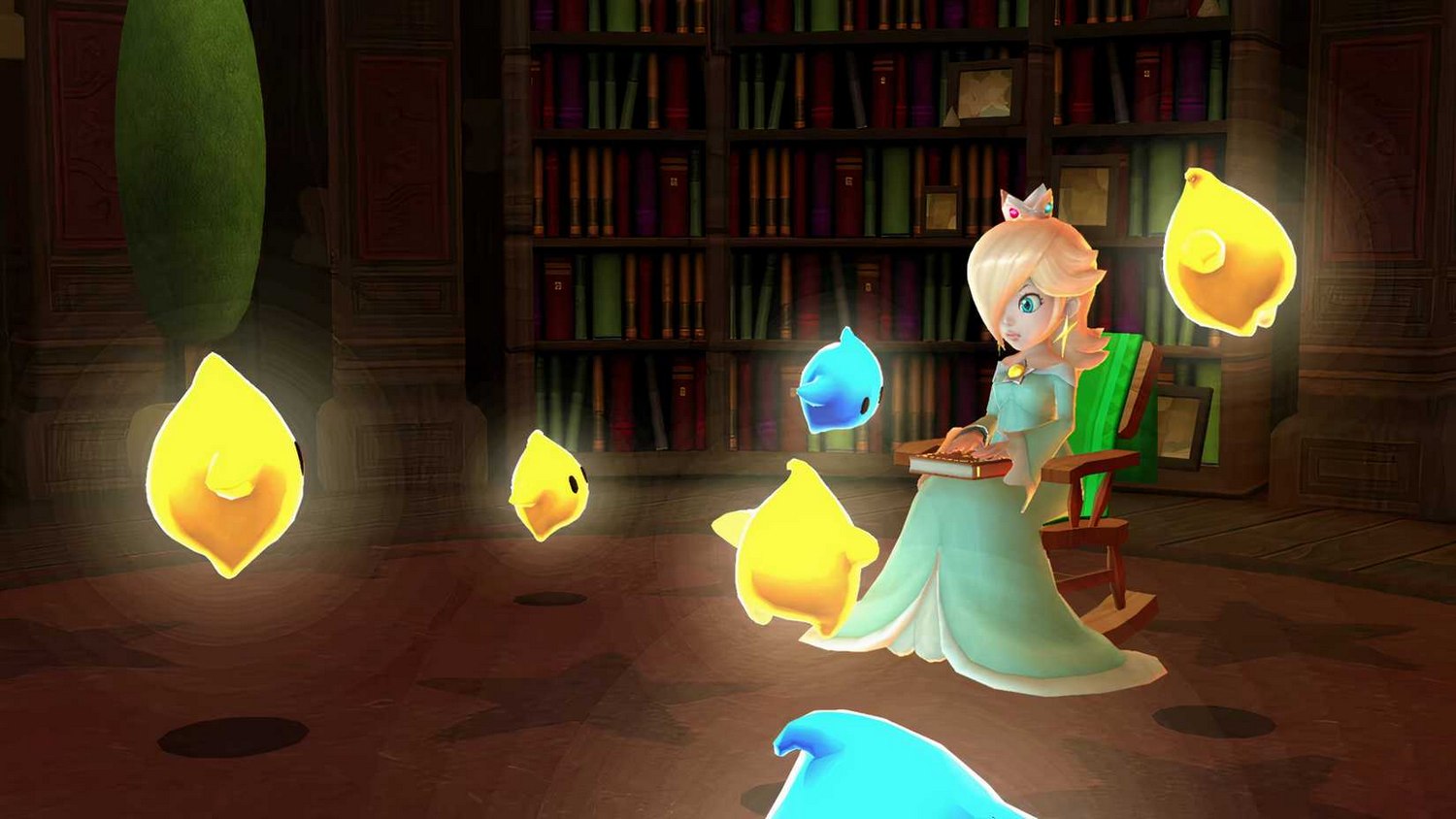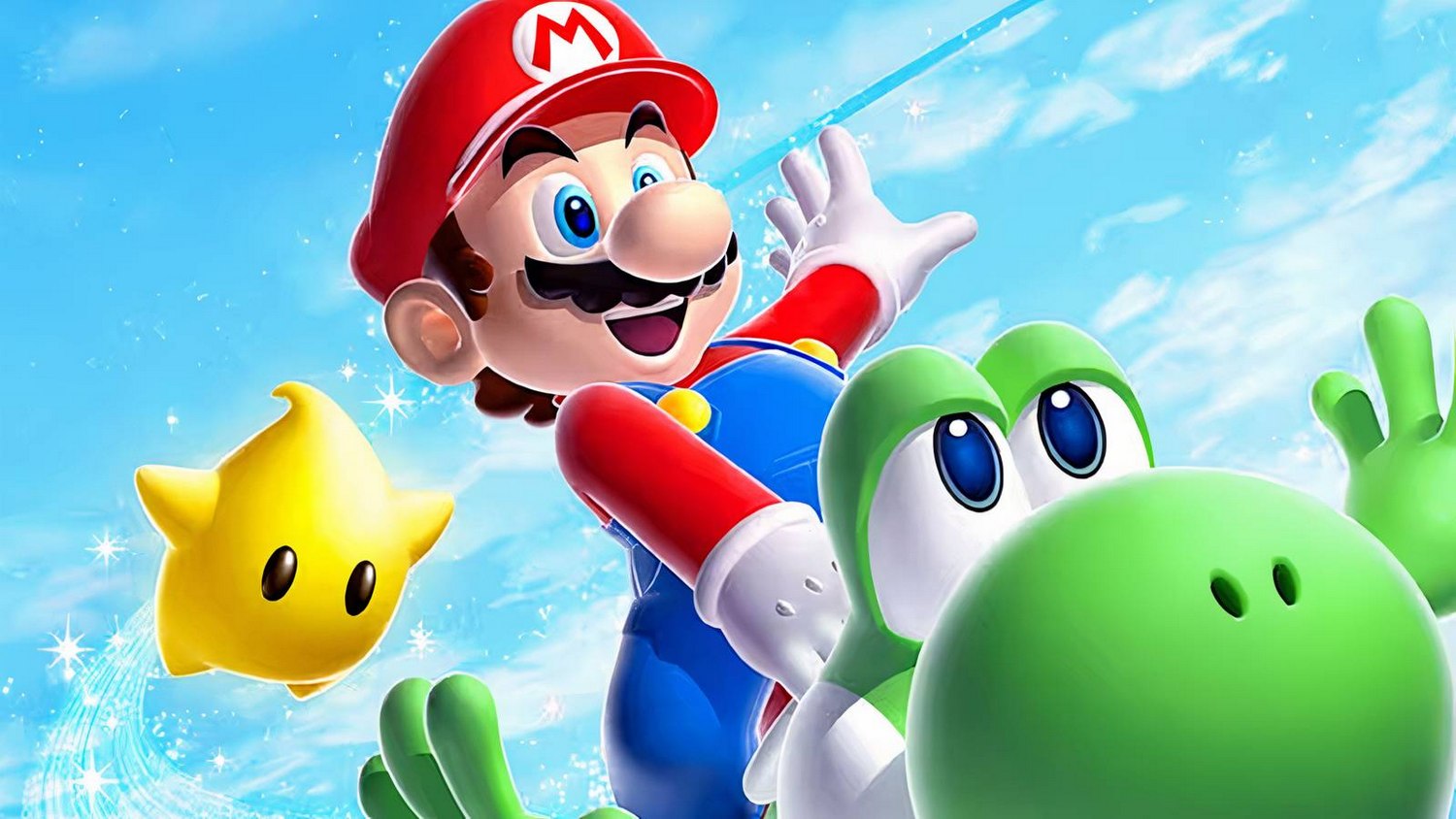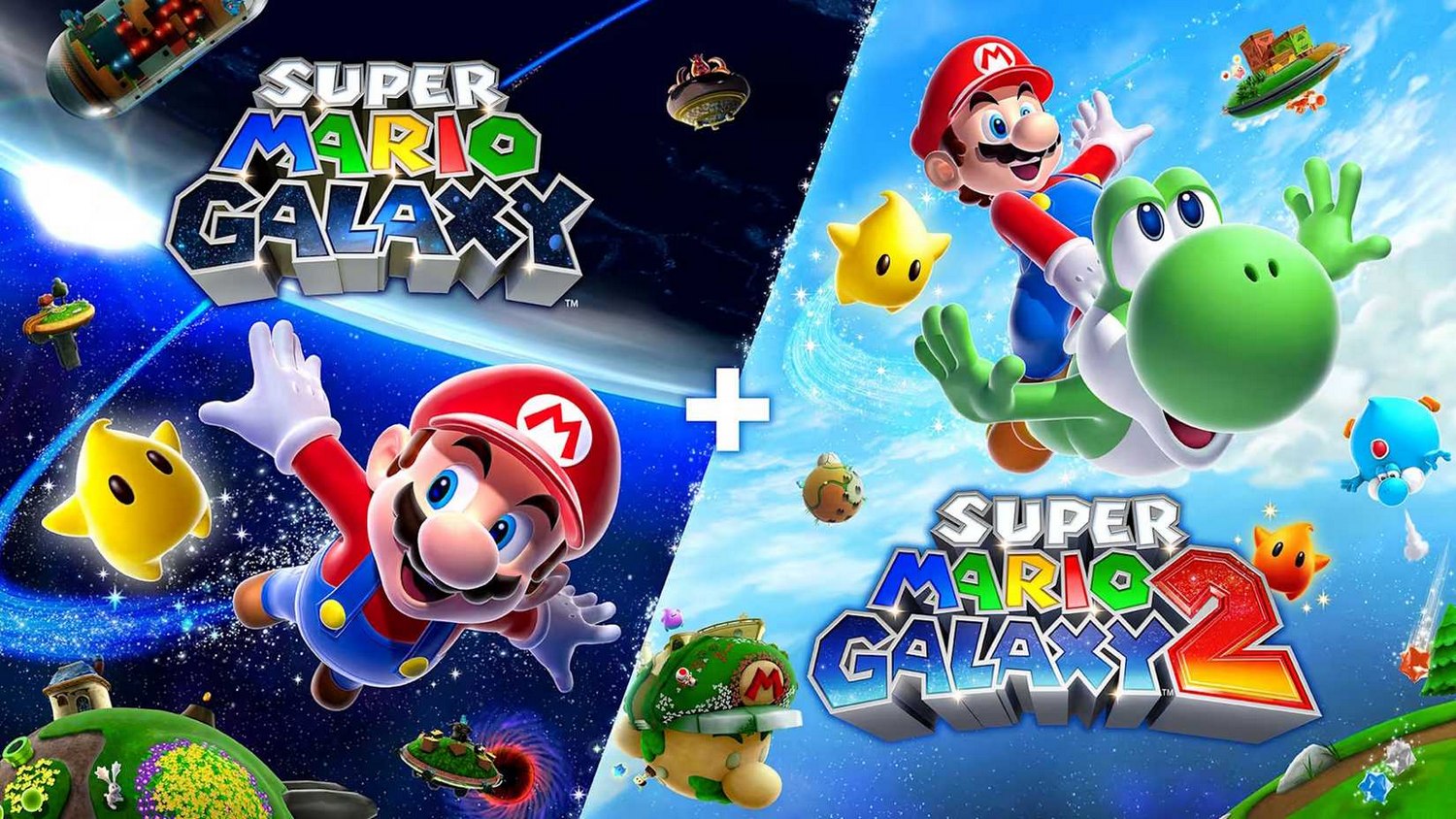Beyond the Cosmos: How Nintendo’s Latest ‘Galaxy’ Announcements Point to a Strategic Franchise Re-imagination
Popular Now
 Warframe
Warframe
 PUBG Mobile
PUBG Mobile
 FIFA 23
FIFA 23
 Toca Boca World
Toca Boca World
 Rust
Rust
 Poppy Playtime
Poppy Playtime
 Candy Crush Saga
Candy Crush Saga
 God of War Ragnarök
God of War Ragnarök
 Sonic the Hedgehog™ Classic
Sonic the Hedgehog™ Classic
 Brawl Stars
Brawl Stars
In a move that has sent shockwaves through the gaming and entertainment industries, Nintendo has made two monumental announcements that put the spotlight firmly on the beloved Super Mario Galaxy franchise. During the recent Nintendo Direct presentation, the company confirmed the upcoming release of a remastered bundle of Super Mario Galaxy 1 and 2 for the Nintendo Switch and its successor, the Nintendo Switch 2. Just as fans were absorbing this long-awaited news, the company dropped an even bigger bombshell: the sequel to the highly successful Super Mario Bros. Movie will be titled The Super Mario Galaxy Movie. These back-to-back revelations are more than just a celebratory nod to Mario’s 40th anniversary; they are a calculated, strategic stepping stone to a far larger, more ambitious future for the Mario universe.
For years, fans have been clamoring for Super Mario Galaxy 2 to be re-released on modern hardware, especially after its notable omission from the Super Mario 3D All-Stars collection. The new bundle, set for an October release, not only brings this masterpiece back into the limelight but also offers significant enhancements. The games will be playable in 4K resolution on the Switch 2, with improved UI, and a choice between traditional button controls and the original motion controls. Furthermore, Nintendo has added new pages to Rosalina’s storybook, an unexpected addition that adds to the game’s lore and, crucially, links it directly to the cinematic universe.
 The Cinematic and Gaming Crossover: A Unified Universe
The Cinematic and Gaming Crossover: A Unified Universe
The simultaneous announcements are no coincidence. They signal a clear intent from Nintendo to create a cohesive, interconnected Mario multimedia universe. The new pages in Rosalina’s storybook within the game are a direct bridge to the upcoming movie, a move that provides a unique value proposition for both media. Gamers who play the remastered titles will get a head start on the lore for the film, and moviegoers, intrigued by the story, may be motivated to purchase and play the games. This synergy is a powerful marketing and branding strategy that leverages the success of the first film to drive interest in the games, and vice versa. It’s a classic cross-platform marketing play, but on an unprecedented scale for Nintendo’s flagship franchise.
The decision to jump directly to the Galaxy storyline for the movie sequel is particularly telling. It bypasses other fan-favorite settings like Dinosaur Land from Super Mario World and the tropical vibes of Super Mario Sunshine. By choosing the cosmic adventure of Galaxy, Nintendo is signaling a move toward bigger, more spectacular narratives that can be visually breathtaking on the big screen. The Galaxy games are known for their innovative gameplay mechanics, such as manipulating gravity and exploring spherical planets, which translate perfectly to cinematic spectacle. This is a clear indicator that Nintendo and Illumination are looking to expand the scope and scale of their cinematic franchise, introducing new characters like Rosalina and the Lumas and expanding the universe beyond the confines of the Mushroom Kingdom. This also opens the door for a future Super Mario Odyssey sequel, as the movie expands on the cosmic theme and primes audiences for more imaginative gameplay.
 Beyond the Release: A Glimpse into the Future
Beyond the Release: A Glimpse into the Future
What do these announcements truly mean for the future of the Mario franchise? The answer lies in Nintendo’s long-term vision. This is not just about celebrating the past; it’s about building the future. The remastered games, with their 4K enhancements for the Nintendo Switch 2, are a showcase of the new console’s capabilities. They serve as a powerful testament to the hardware’s power while also offering a beloved classic with a modern sheen. The pricing strategy, with a bundle at $69.99 and individual digital titles at $39.99, is a calculated move to capitalize on both collectors and those who simply want to play their favorite entry.
Furthermore, the announcement of new Super Mario Galaxy-themed amiibo, featuring Mario & Luma and Rosalina & Lumas, further solidifies this strategy of creating a holistic brand experience. These collectibles are not just trinkets; they offer in-game bonuses and serve as a physical representation of the interconnected universe. The synergy between a new, highly anticipated movie, a major game re-release, and a line of merchandise creates a massive, multi-faceted marketing campaign. It’s an ambitious, high-stakes play that aims to make the Mario franchise more relevant and profitable than ever before. This is a powerful case study in how a legacy franchise can be revitalized and expanded through a thoughtful, multi-platform approach. It signals that we can expect more such unified announcements in the future, where Nintendo game remasters and new cinematic projects are announced in tandem to create a comprehensive and immersive media experience for consumers.
 The gaming industry is watching closely to see how this strategy plays out. If successful, it could set a new standard for how classic video game properties are managed and expanded. The back-to-back announcements of a game and a movie based on the same title aren’t just a fun coincidence—they are the first major public step in Nintendo’s plan to launch the Mario franchise into a new stratosphere of cultural dominance. The future of Mario isn’t just on consoles anymore; it’s on the big screen, on the collectibles shelf, and in the interconnected stories that bind them all together. This is a game-changer, and it’s just the beginning of Mario’s next big adventure.
The gaming industry is watching closely to see how this strategy plays out. If successful, it could set a new standard for how classic video game properties are managed and expanded. The back-to-back announcements of a game and a movie based on the same title aren’t just a fun coincidence—they are the first major public step in Nintendo’s plan to launch the Mario franchise into a new stratosphere of cultural dominance. The future of Mario isn’t just on consoles anymore; it’s on the big screen, on the collectibles shelf, and in the interconnected stories that bind them all together. This is a game-changer, and it’s just the beginning of Mario’s next big adventure.








